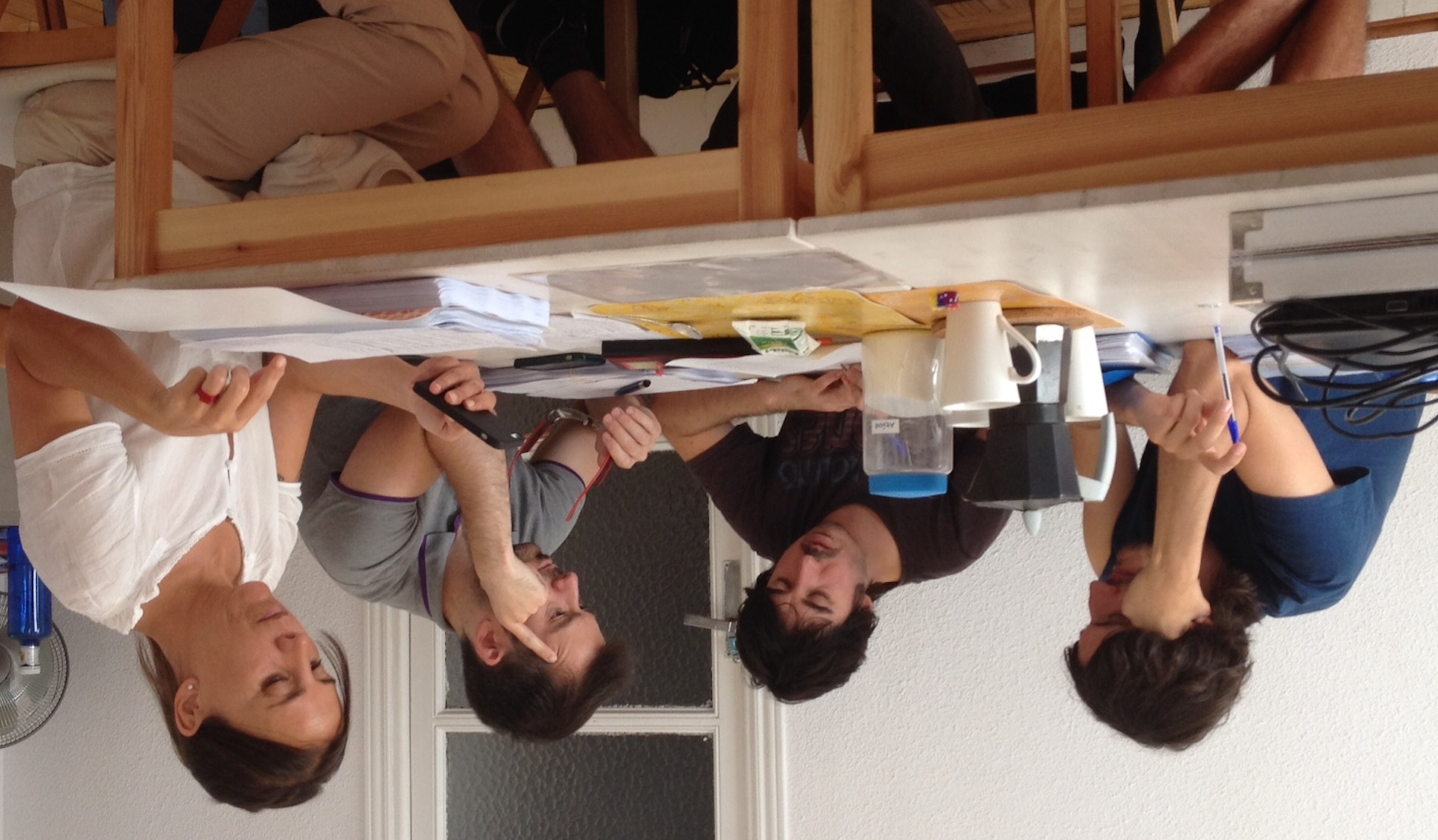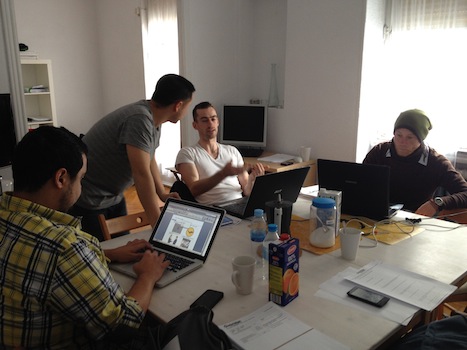| Title: | I want, I don't want | ||
| Objective: (short) | To encourage students to practice the basic expressions to want in both positive and negative contexts. | ||
| Intro: | I am hungry. I WANT food. Are you hungry? Do you WANT food?Positive - Yes, I WANT food. Negative - No, I DON'T WANT food.I am thirsty. I WANT water. Are you thirsty? Do you WANT water?Positive - Yes, I WANT water. Negative - No, I DON'T WANT water. | ||
| Activity: | Activity #1 - ChildrenIntroduce SS to a child. ''This is a child.'' Ask them, what does a child want? What doesn't a child want?Proceed to children. What do children want? What don't children want?Activity # 2 - Teens Introduce SS to a teen. ''This is a teen.'' Ask them, what does a teen want? Proceed to teens. What do teens want? What don't teens want? Activity #3 - Adults Introduce SS to an adult. ''This is an adult.'' Ask them, what does an adult want? What doesn't an adult want? Proceed to adults. What do adults want? What don't adults want? | ||
| Wrap up: | What do children want? (sweets, toys) What don't teens want? (homework, vegetables) What do adults want? (money, holidays) | ||






